Hardwood floors are not only aesthetically appealing, they also add lasting value to any home. However, over time, even the best-maintained wood floors can require repairs to restore their beauty and functionality. In this article, we’ll explore hardwood floor repair methods in detail, the costs associated with this work, and the benefits of calling in a specialist for this type of renovation.
Table of Contents
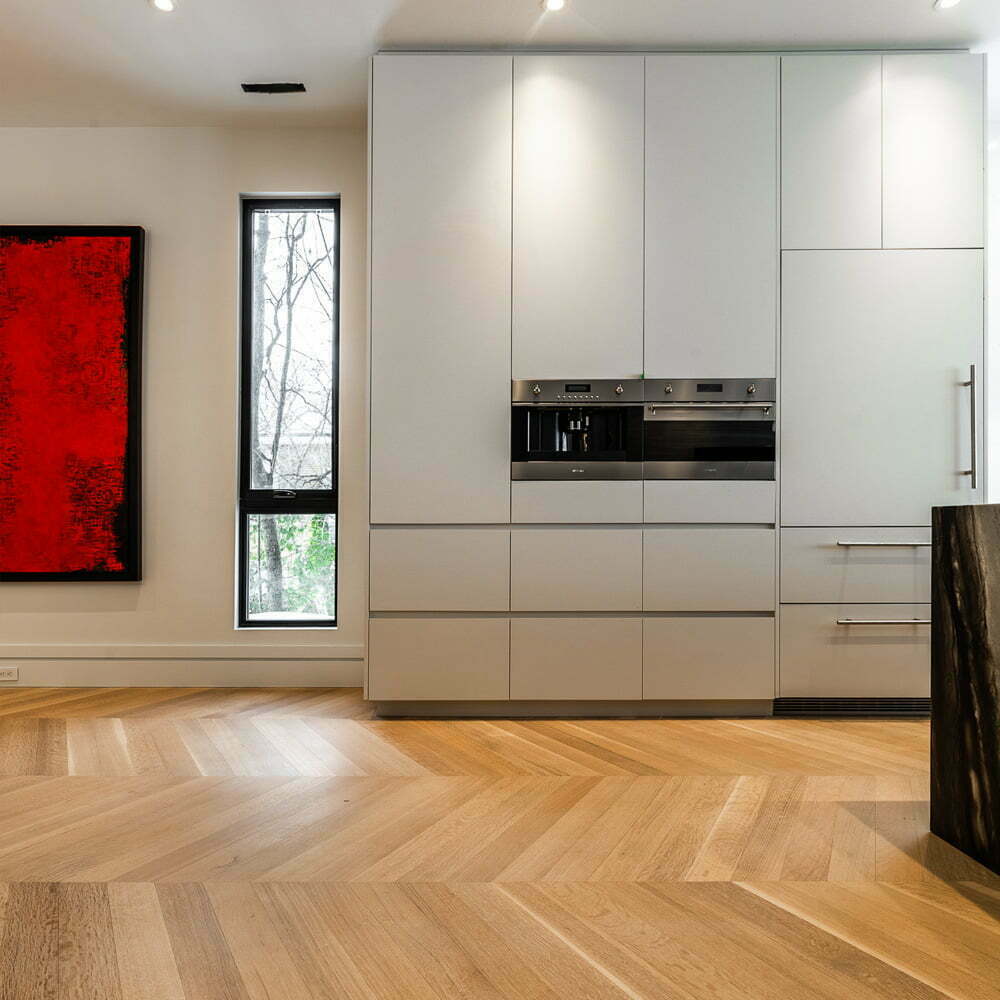
Hardwood floor repair methods
There are several methods commonly used for hardwood floor repair. Here are the advantages and disadvantages of each method:
Board replacement
When hardwood planks are damaged beyond repair, they can be replaced individually. This method involves removing damaged boards and replacing them with new ones, before sanding and finishing them to match the rest of the floor.
Advantages :
- Restoring structural integrity: Replacing damaged boards restores the floor’s structural integrity, ensuring its long-term strength and durability.
- Improved appearance: Newly replaced planks give the floor a fresh look, eliminating marks, cracks and other imperfections that can affect the aesthetics of the room.
- Design flexibility: Replacing planks lets you choose materials and finishes that match the style and color of the rest of the floor, ensuring perfect harmonization with the rest of the room.
- Precise repair: By replacing damaged boards individually, it is possible to specifically target the affected areas, ensuring a precise and efficient repair.
Disadvantages :
- Higher cost: Replacing boards can be more expensive than other repair methods, as it involves purchasing new materials and more intensive labor to remove damaged boards and replace them.
- Longer working time: The plank replacement process can take longer than other repair methods, especially in the case of large floors or floors with a lot of damage to deal with.
- Shade differences may occur: Even with efforts to select planks that closely match the rest of the floor, there may be variations in shade that are visible once the planks are replaced and finished. This can create an uneven appearance on the floor.
- Complexity of finishing: Once the new planks have been installed, finishing work is required to sand and finish them to blend harmoniously with the rest of the floor. This can be a complex process, requiring expertise to achieve optimum results.
Filling cracks and holes
Cracks and holes in hardwood floors can be filled with putty or wood filler specially formulated for wood floors. Once filled, the repaired areas are sanded and finished to blend harmoniously with the rest of the floor.
Advantages :
- Economical: Filling cracks and holes is generally a more economical option than replacing boards, as it requires less material and labor.
- Fast turnaround: This is a relatively quick repair process, so you can quickly restore the floor’s appearance without long waiting times.
- Versatility: The putty or wood filler used to fill cracks and holes can be tinted to match the exact color of the surrounding wood, ensuring an unobtrusive, aesthetically pleasing repair.
- Reduced waste: By avoiding the need to replace boards altogether, filling cracks and holes helps reduce material waste, which is good for the environment.
Disadvantages :
- Limited durability: Although filling cracks and holes can mask temporary imperfections, it can be less durable in the long term than replacing boards, especially in high-traffic areas.
- Risk of shrinkage or swelling : The putty or wood filler used to fill cracks and holes can contract or expand in response to fluctuations in humidity and temperature, which can lead to aesthetic or long-term stability problems.
- Application difficulty: The process of filling cracks and holes can be tricky, especially when it comes to achieving a smooth, uniform result. Special expertise and care are required to achieve a high-quality repair.
- Visibility of repairs: Despite efforts to match the color of the surrounding wood, it can be difficult to achieve a perfect match, which can make repairs visible, especially in floors with a transparent finish.
Repairing scratches and scrapes
Superficial scuffs and scratches can often be repaired using sanding and polishing techniques. This method involves lightly sanding the damaged surface to remove marks and finishing with a new coat of varnish or sealer.
Advantages :
- Ease of application: Repairing scuffs and scratches is relatively straightforward, and can often be achieved with common tools and materials, such as sandpaper and varnish.
- Affordable: Compared to other repair methods, scuff and scratch repair is generally more affordable, requiring fewer materials and less specialized labor.
- Fast turnaround: This repair method is fast, so you can quickly restore the floor’s appearance without long waiting times.
- Localized repair: By specifically targeting damaged areas, this method enables repair efforts to be concentrated where they are needed, avoiding the unnecessary replacement of entire boards.
Disadvantages :
- Depth limitations: This method is effective for superficial scratches and scrapes, but may be less effective for deeper damage affecting the underlying structure of the wood.
- Risk of discoloration: Poorly repaired scuffs and scratches can lead to discoloration or variations in shade that may be visible once the finish has been applied.
- Compatibility with finish: It’s important to choose repair materials that are compatible with the floor’s existing finish, to achieve a consistent, long-lasting result.
- Limited durability: While this method may improve the floor’s appearance in the short term, it may be less durable in the long term than other repair methods, particularly in high-traffic areas.
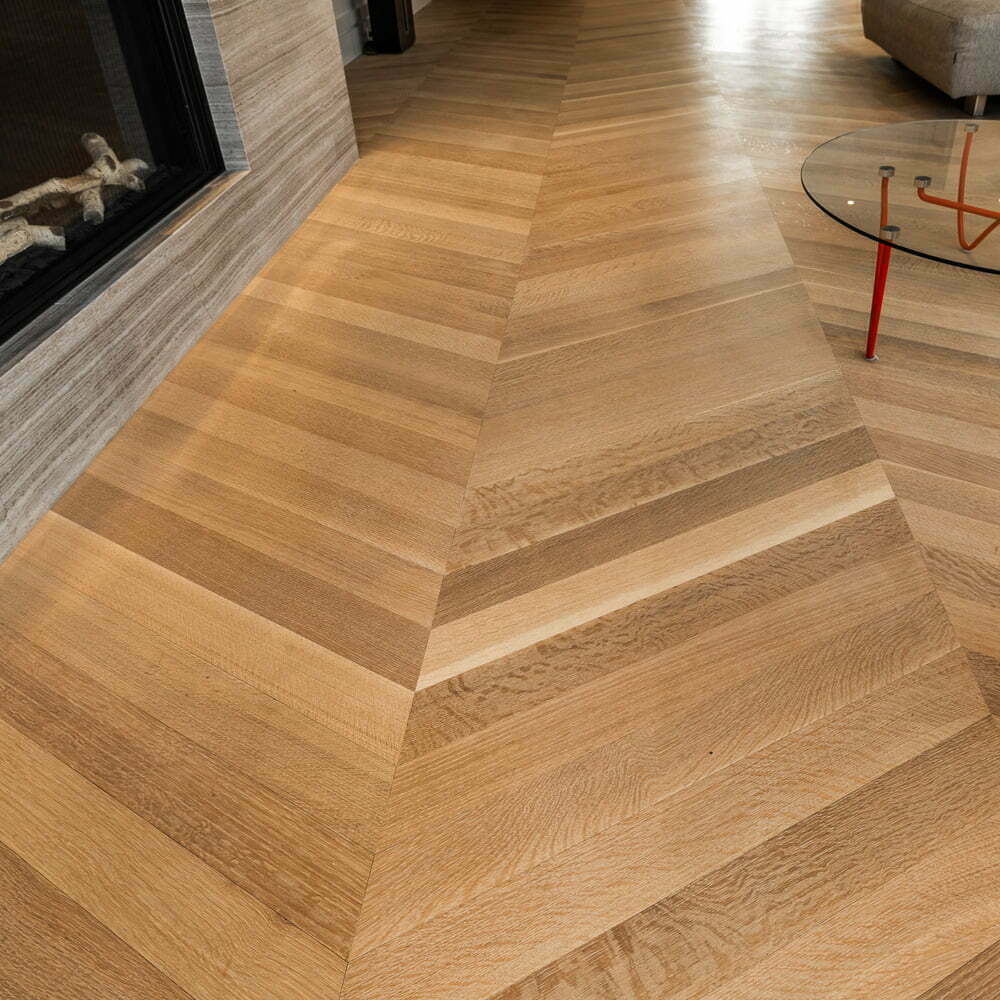
Hardwood floor repair costs
The cost of hardwood floor repair can vary depending on several factors, including the extent of the damage, the repair method used and the size of the area to be repaired. In general, costs can range from a few hundred to several thousand dollars, depending on the complexity of the job.
Evaluating hardwood floor repair costs requires a thorough understanding of several key factors. Here are the steps to follow to accurately estimate repair costs:
- Assessing the extent of the damage: The first step is to assess the extent of the damage to your hardwood floor. This includes identifying scratches, cracks, holes or damaged boards that need repair.
- Determining the repair method: Once the damage has been assessed, it’s important to determine the repair method best suited to each type of damage. This can include replacing boards, filling cracks and holes, or repairing scuffs and scratches.
- Estimating materials and labour: Once you’ve decided on a repair method, you can estimate the cost of materials required, such as replacement wood, putty or wood filler, varnish or sealant. What’s more, you’ll also need to factor in the labor costs involved in carrying out the work.
- Consulting professionals: For a more accurate estimate, we recommend consulting several industry professionals. They can assess the damage, recommend the best repair method and provide a detailed quotation based on your project specifications.
- Compare quotes: Once you’ve obtained several quotes, take the time to compare them, examining the costs of materials, labor and any additional charges. Make sure you understand the turnaround times and guarantees offered by each professional.
- Budget and planning: Based on the estimates you receive, establish a realistic budget for your hardwood floor repair. Be sure to factor in potential additional costs, and allow for contingencies.
Advantages of calling in a specialist
There are several advantages to calling in a specialist for hardwood floor repair work:
- Professional expertise: Our wood flooring specialists have considerable expertise and experience in the field of hardwood floor repair. Their in-depth knowledge of repair techniques and materials enables them to carry out high-quality work.
- Specialized equipment: Specialists have the specialized equipment and tools needed to carry out an effective hardwood floor repair. This includes sanding machines, precise cutting tools and high-quality finishing products.
- Precise diagnosis: Our specialists can accurately diagnose problems and damage on your hardwood floor. Their expertise enables them to identify the underlying causes of damage and propose appropriate solutions.
- Customized repairs: Specialists can customize repairs to suit the specific needs of your hardwood floor. They can recommend the repair method best suited to each type of damage, ensuring optimal results.
- Time-saving: Calling in a specialist saves time by avoiding costly mistakes and rework. The specialists are able to carry out repairs efficiently and professionally, reducing turnaround times.
- Long-lasting results: Thanks to their expertise and attention to detail, our specialists are able to produce high-quality, long-lasting results. Repairs carried out by professionals are generally more durable and aesthetically pleasing in the long term.
In short, calling in a specialist for hardwood floor repair work guarantees professional-quality results, enhanced durability and peace of mind for homeowners.
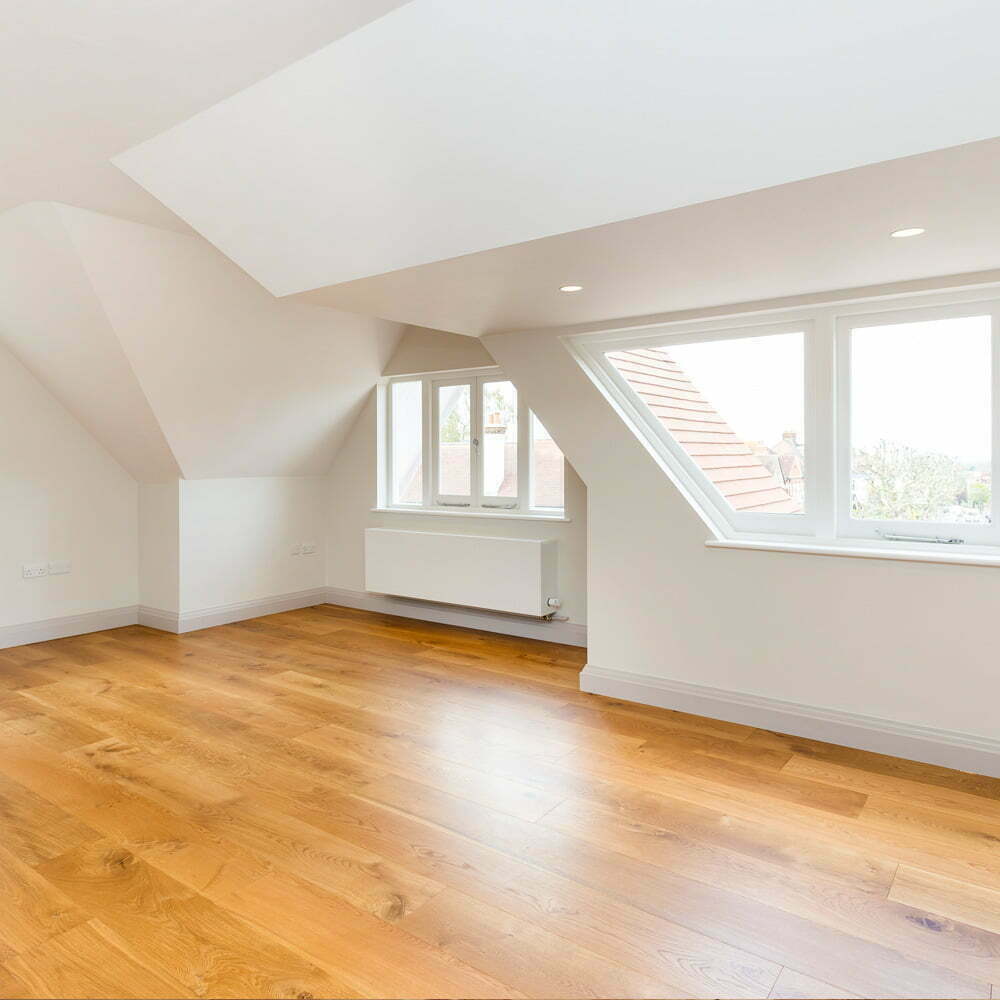
Consult an expert for help with hardwood floor repairs
Les travaux de réparation de plancher de bois franc sont une étape importante dans le maintien de la beauté et de la fonctionnalité de vos planchers. En comprenant les différentes méthodes de réparation, les coûts associés à ces travaux et les avantages de faire appel à un spécialiste, vous pouvez prendre des décisions éclairées pour votre projet de rénovation.
Si vous avez besoin de réparer vos planchers de bois franc, contactez-nous dès aujourd’hui pour obtenir un devis gratuit. Nos spécialistes des planchers de bois sont là pour vous aider à restaurer la beauté de vos planchers avec expertise et professionnalisme. Faites une demande de soumission sans frais.
For more information on hardwood flooring, see the following articles:
Simple 6-step method for sanding hardwood floors
Simple 3-step price estimate for hardwood floor sanding
Stair sanding prices : 4 key factors for accurate assessment
Dust-free floor sanding: 2 possible methods and prices
Frequently asked questions
How long does it take to repair a hardwood floor?
The duration of a hardwood floor repair depends on the extent of the damage and the repair method used. In general, this can take from a few hours to a few days.
How durable is a hardwood floor repair?
Yes, when performed by a qualified professional, a hardwood floor repair is durable and can extend the life of your floors for many years.
Is a hardwood floor repair expensive?
The cost of hardwood floor repair can vary depending on a number of factors, but it’s generally considered a valuable investment in your home’s value and appeal.

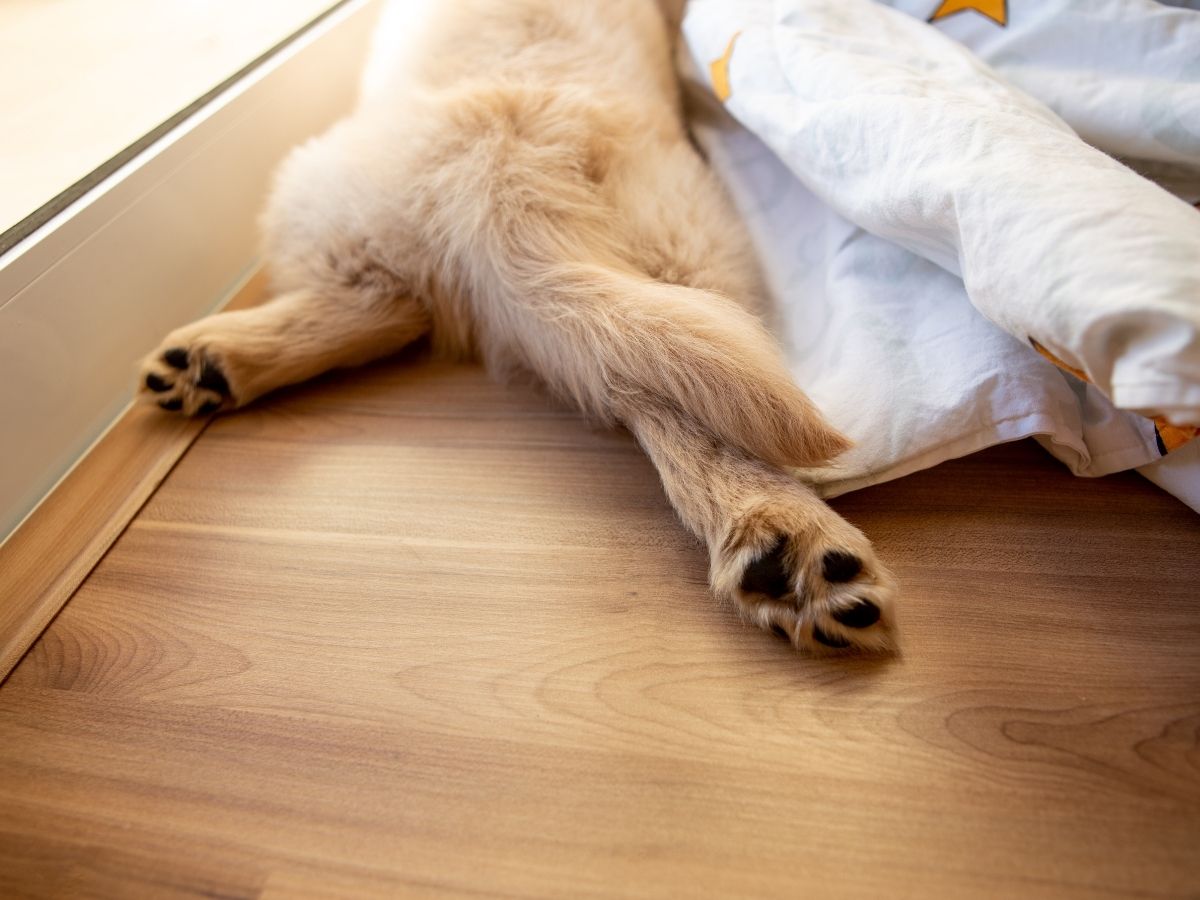
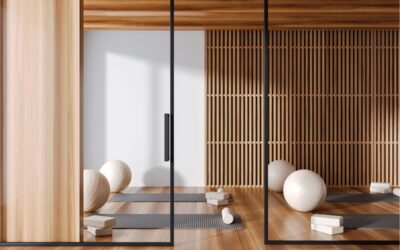
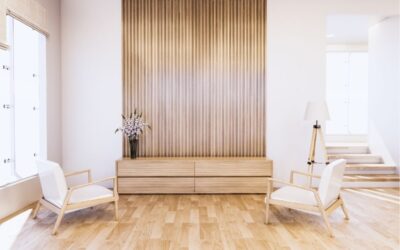
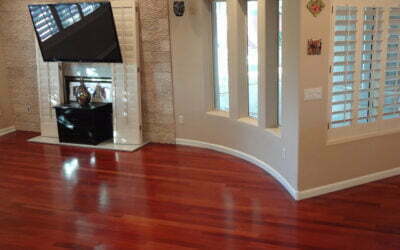
0 Comments